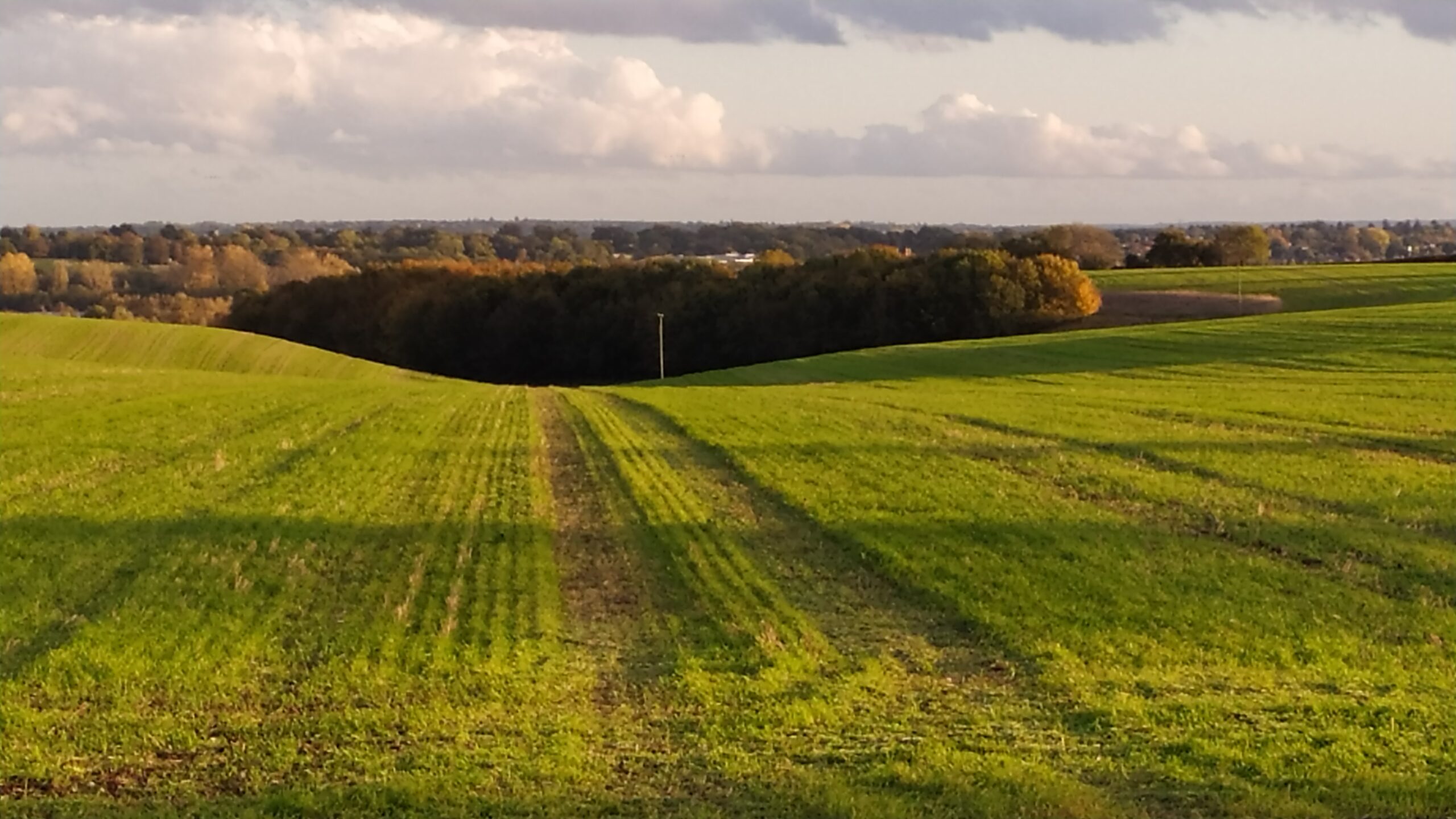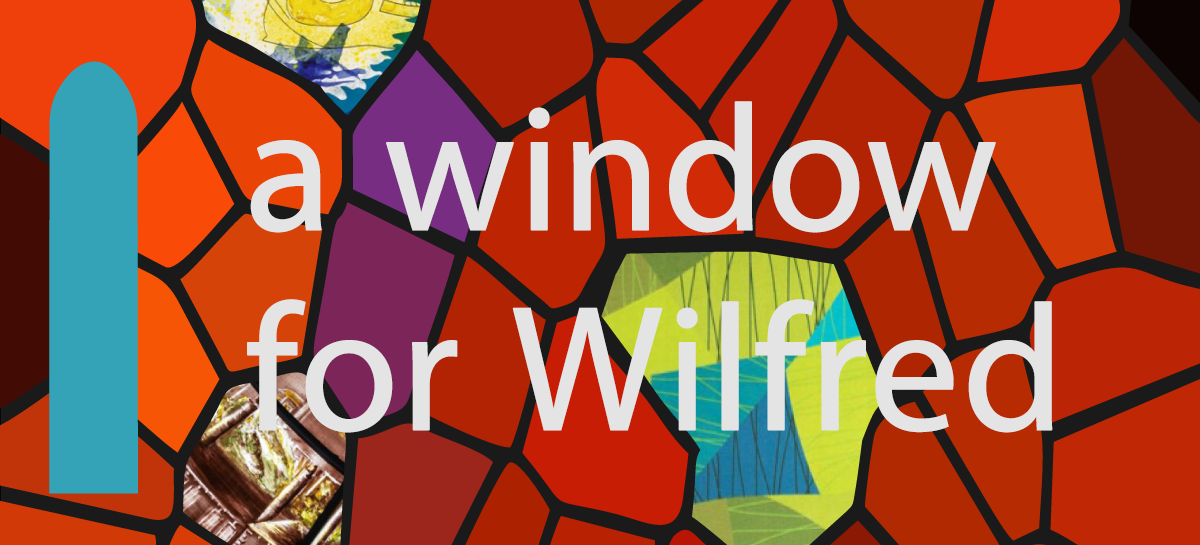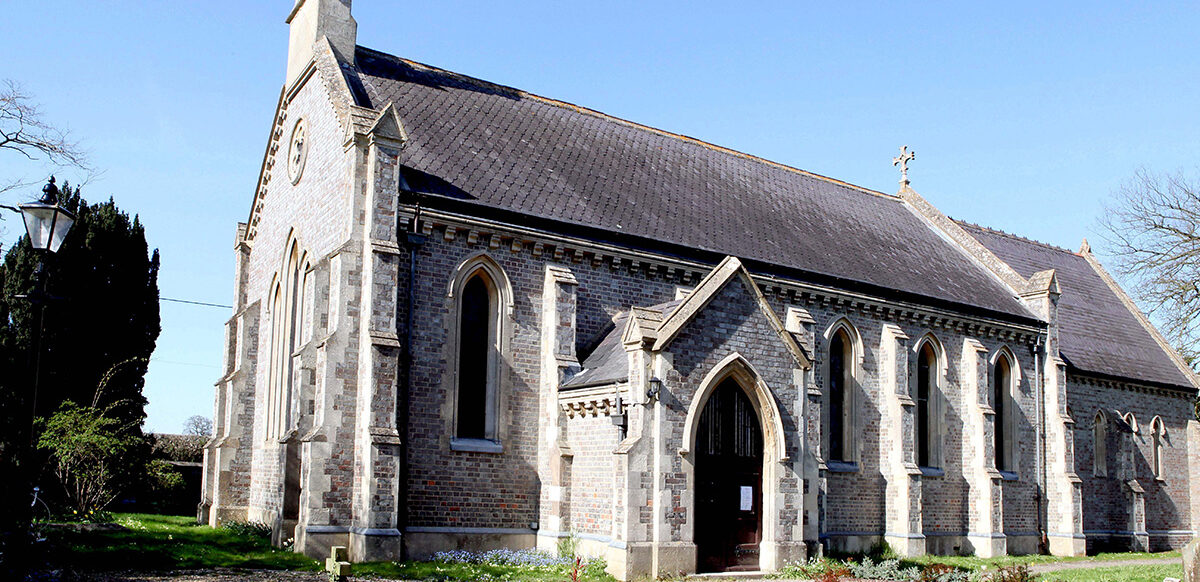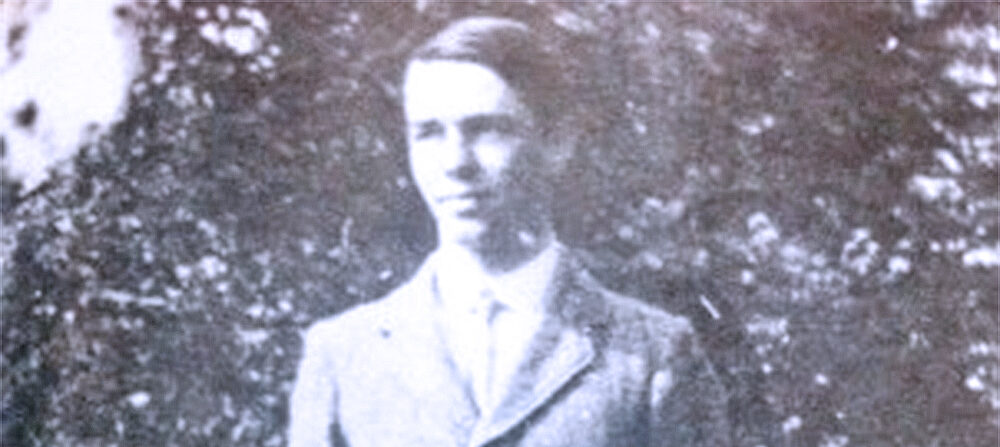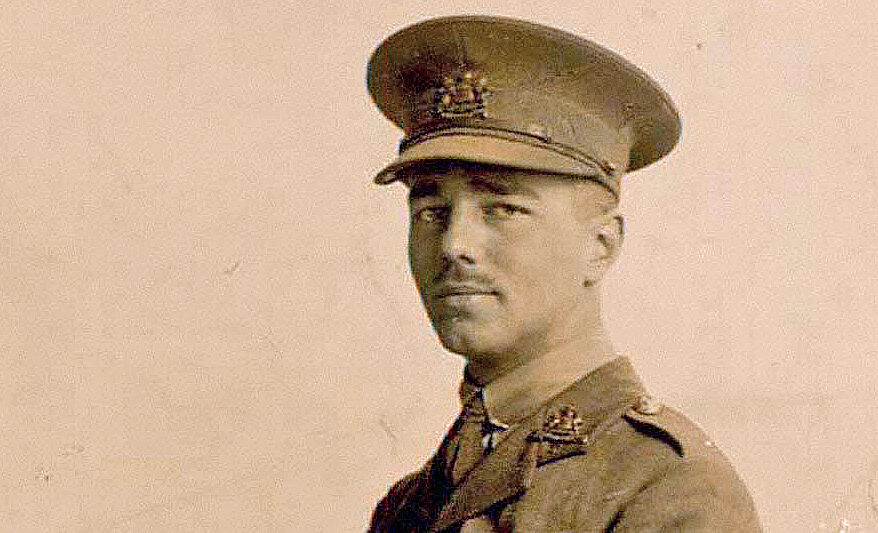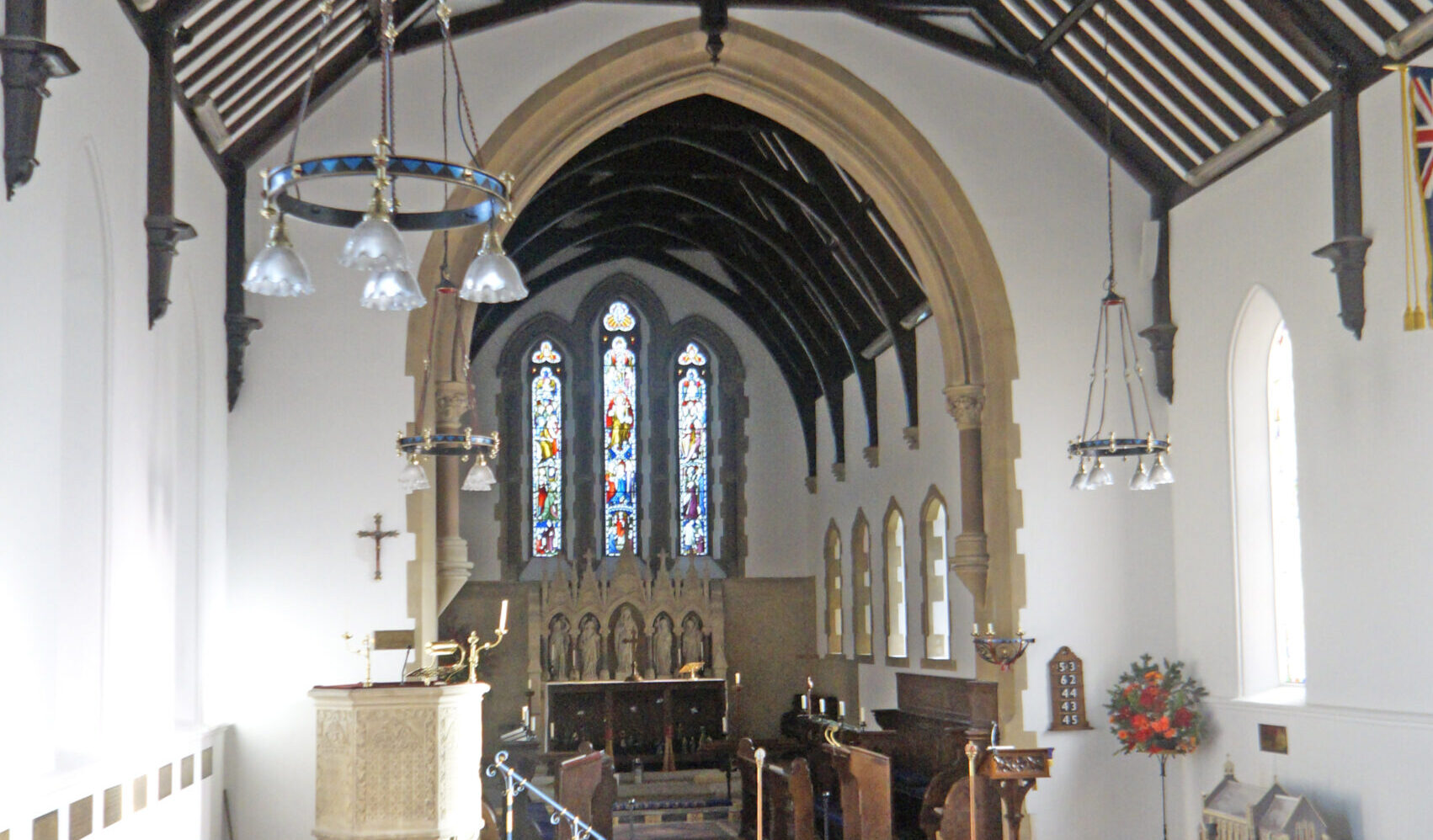NDP news for late March 2021
“These old buildings (and their surroundings), do not belong to us… they have belonged to our forefathers and they will belong to our descendants unless we play them false. They are not in any sense our property to do with as we like. We are only trustees for those who come after us”
– William Morris: inaugural meeting of SPAB
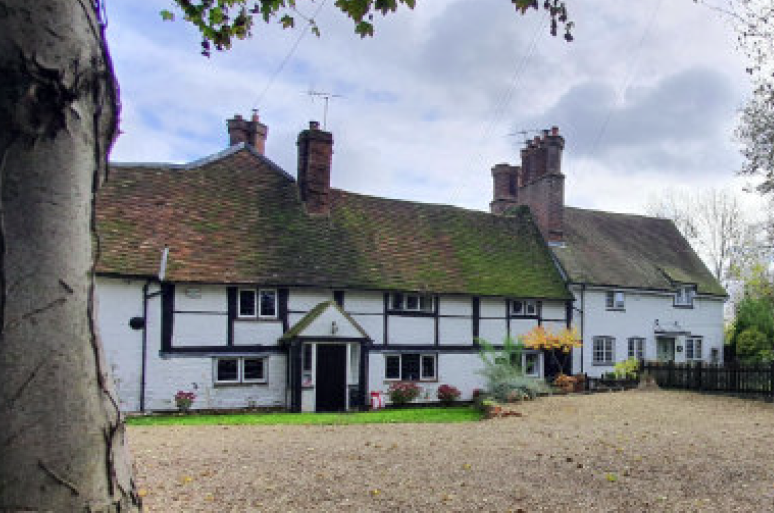
Welcome to the second edition of the NDP Newsletter – we hope you enjoyed last month’s and managed to identify the birds! Thank you for the positive feedback you’ve given us!
This month we’re focusing on the Character of the Parish – as the NDP team are working with consultants to prepare a Character Assessment to highlight important buildings and other features of the Parish – such as trees, traditional walls, hedgerows and views. This will help to ensure that any new buildings are in keeping with the character of their surroundings.
What’s your favourite building or feature of the parish?
We would love to know what your favourite aspect of the parish is – such as a favourite building, tree or old wall.
Please POST A PICTURE on our NDP Facebook Page or on the Twitter account (details below). One part of the NDP is a register of all the structures and natural features in the parish that are valued (including listed buildings). We want to add those things that are not already officially recognised, so when you post the picture, tell us why you think it should be included. We look forward to seeing your entries.
Thank you.
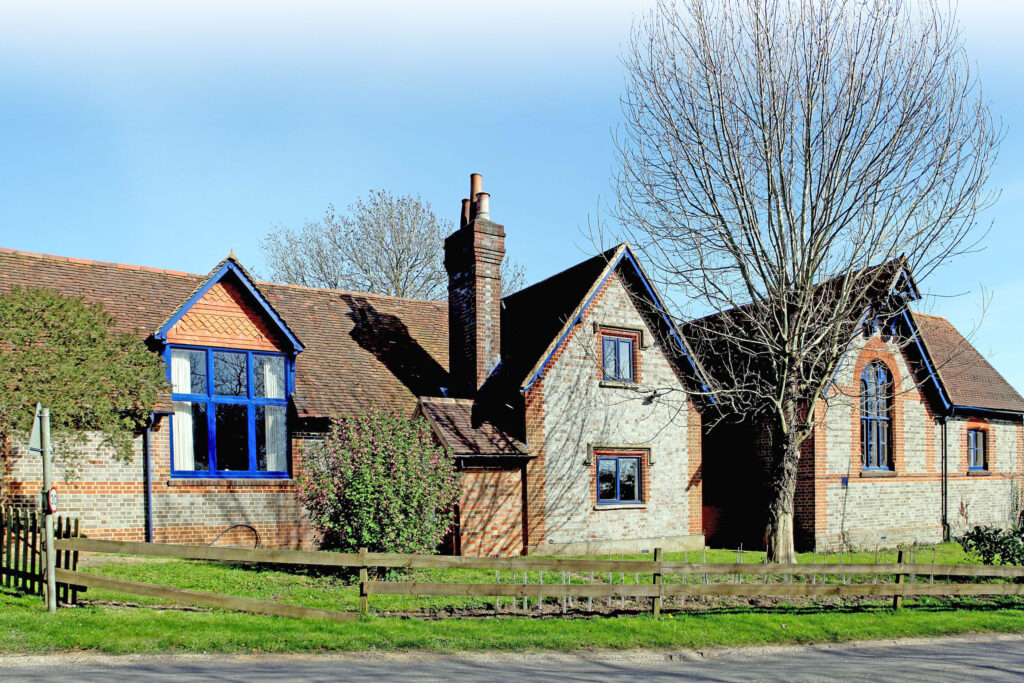
Your March challenge…
How much do you know about these wonderful local features? Find out more from this quick quiz on the Parish’s buildings (answers at the bottom of the page):
How many listed buildings or structures are there in the parish?
(a) 12 (b) 21 (c) 32 (d) 39
When was the Conservation Area in Sonning Eye designated?
(a) 1981 (b) 1953 (c) 1977 (d) 1897
Which famous poet was on the school board of the village school at Dunsden Green (now the Village Hall)?
What century does the Crown Inn at Playhatch date from?
(a) 16th (b) 17th (c) 18th (d) 19th
How many arches are there on the Grade II Listed Bridge across the Thames into the Parish?
(a) 5 (b) 10 (c) 11 (d) 7
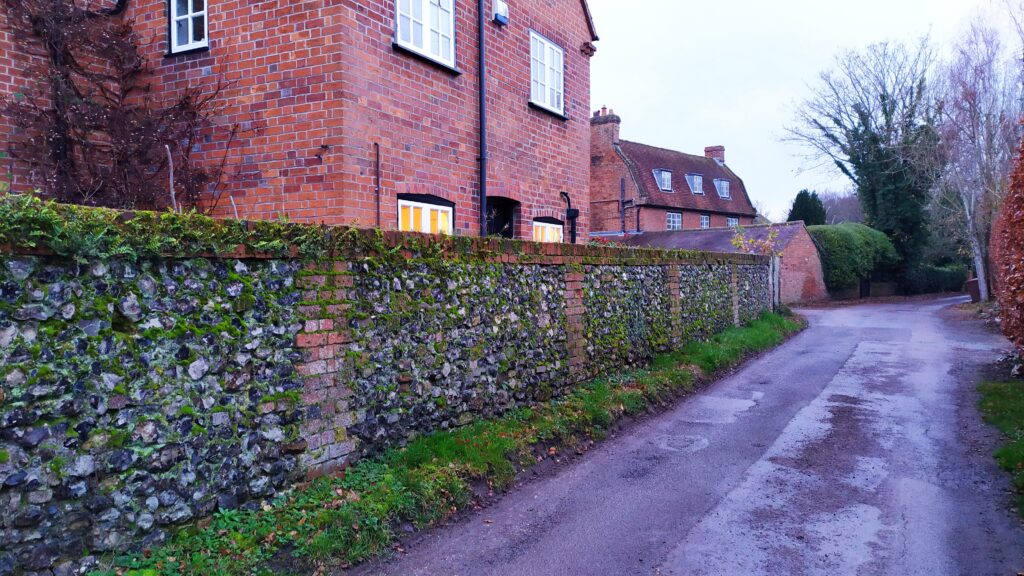
Members of the NDP team
Suzanne Abraham, Richard Berkley, David Breeze, Howard Crews, Ian Dick, Nick Marks, Robin Page, John Plumer, Deborah Simmons, David Woodward (Chair).
Find out more
Twitter: Eye&DunsdenNDP · Facebook: Eye & Dunsden Neighbourhood Plan
Parish Website: www.eyedunsden.org – register for updates
To know more or get involved, please contact David Woodward: plan@eyedunsden.org

